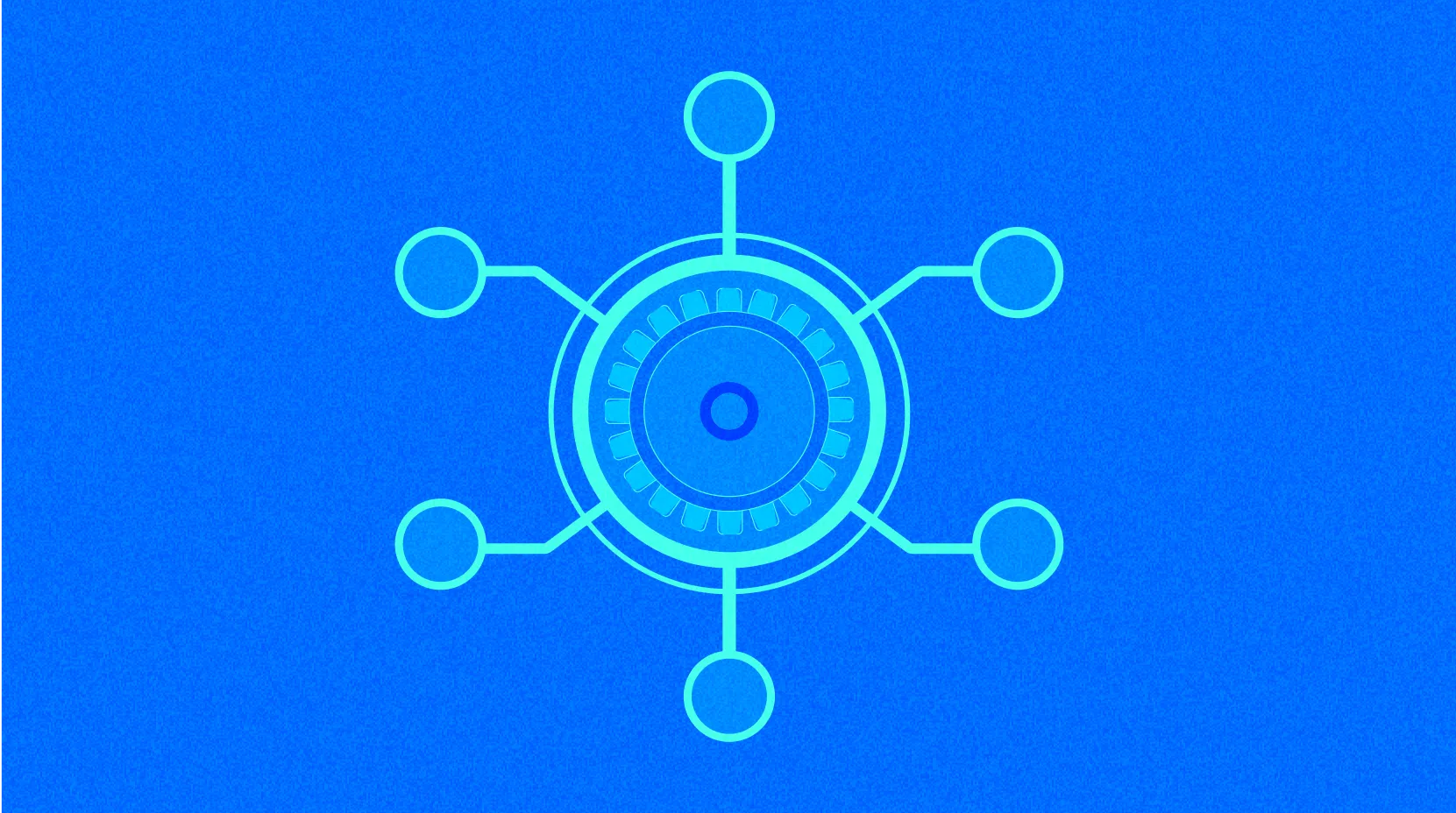Mean Block

Mean Block refers to the average time interval between block generation or the statistical average of block characteristics in a blockchain network. This concept is crucial for understanding the performance, security, and stability of blockchain networks. In the Bitcoin network, the average block generation time is set at approximately 10 minutes, while Ethereum aims for about 15 seconds. These time intervals are dynamically maintained by adjusting mining difficulty to ensure stable network operation and transaction processing capacity.
The average block time is a fundamental parameter in blockchain network design, directly affecting transaction confirmation speed, network throughput, and system security. Shorter block times provide faster transaction confirmations but may increase the risk of forks; longer block times enhance security but slow down transaction processing. Through precise calculation and continuous adjustment of the average block generation time, blockchain systems can find a balance between efficiency and security.
The concept of mean block originated in the Bitcoin whitepaper, where Satoshi Nakamoto designed a dynamic difficulty adjustment mechanism that recalibrates every 2016 blocks (theoretically about two weeks) to maintain a 10-minute average block time. This design considered factors such as network latency and computational power fluctuations, laying the foundation for subsequent blockchain projects. Different blockchain projects have chosen different average block times based on their specific application scenarios and technical characteristics, forming a diverse blockchain ecosystem.
The working mechanism of mean block relies on the blockchain network's consensus algorithm and difficulty adjustment algorithm. Taking Proof of Work (PoW) as an example, the network dynamically adjusts the mining difficulty target based on changes in total network hash power to maintain the block generation rate close to a preset value. When network hash power increases, difficulty rises; when hash power decreases, difficulty falls. This adaptive mechanism ensures that regardless of how network computing power fluctuates, the average block time remains relatively stable. In Proof of Stake (PoS) networks, different mechanisms are typically employed to ensure stability in block generation, but they similarly maintain a specific average block time.
The main challenges facing average block time include network latency, hash power fluctuations, and consensus stability. Too short a block time may lead to high orphan block rates, reducing network efficiency; improper adjustment mechanisms might cause dramatic fluctuations in block generation times, affecting user experience and network security. Additionally, average block time is closely related to issues such as block size and network scalability, constituting one of the core challenges in blockchain technology development.
The concept of mean block is vital to blockchain networks as it not only serves as a key indicator of network performance but also directly impacts user experience, developer design, and the operational efficiency of the entire ecosystem. As blockchain technology continues to evolve, various innovative solutions such as sharding and sidechains are exploring how to optimize block generation mechanisms while maintaining security, thereby improving transaction processing capacity. Understanding the concept and mechanisms of mean block is significant for grasping the essence and future development direction of blockchain technology.
Share
Related Articles

Solana Need L2s And Appchains?

The Future of Cross-Chain Bridges: Full-Chain Interoperability Becomes Inevitable, Liquidity Bridges Will Decline
